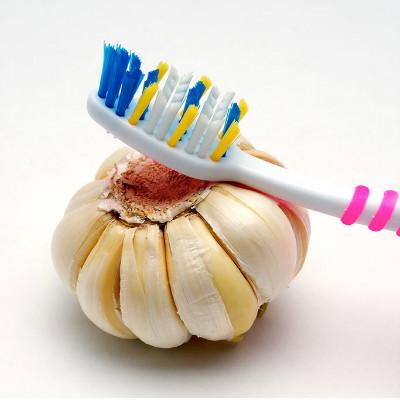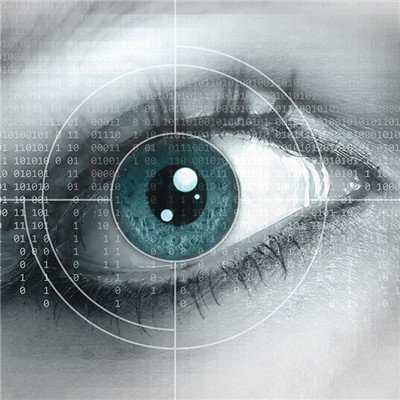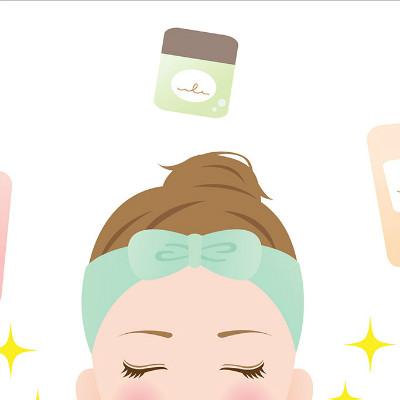Where to treat obsessive compulsive disorder? What's the first thing to recognize?
summary
In the past two decades, behavioral therapy has been very effective for obsessive-compulsive disorder. In the following set of methods, you will learn how to restrain compulsive behavior and compulsive thinking, and become your own psychotherapist. Where to treat obsessive-compulsive disorder? Let's talk about it.
Where to treat obsessive compulsive disorder? What's the first thing to recognize?
Method 1: the most important step of reconfirmation is to learn to "recognize" the thoughts and actions of obsessive-compulsive disorder. Maybe you don't want to do this step at all, but you have to work hard and be aware of it wholeheartedly, so as to understand that the trouble at the moment comes from obsessive-compulsive thoughts or behaviors. Everyday awareness is almost automatic and superficial. "Wholehearted awareness" is more profound, more careful, and can only be achieved through dedicated efforts. Remember that it can take weeks or months to change the biochemistry of the brain to reduce compulsion. If you want to get rid of these obsessive-compulsive symptoms in a few minutes or seconds, you will be disappointed! In fact, it makes obsessive-compulsive symptoms worse! In behavioral therapy, learn to control yourself from reacting to obsessive-compulsive thoughts, no matter how intrusive they are. The goal is to control your response to obsessive-compulsive symptoms, not to control obsessive-compulsive thinking or impulses.

Method 2: again attribute yourself and say to yourself: "it's not me, it's obsessive-compulsive disorder!" Obsessive compulsive thinking is meaningless. It's a brain misinformation. You need to deeply understand why the rush to check or "why my hands are dirty" is so powerful that people can't bear it. If you know that these ideas are unreasonable, why do you react to them? Understanding why compulsive thinking is so strong and why you can't get rid of it is the key to strengthening your willpower and strengthening your resistance to compulsive behavior. The goal of this stage is to learn "re attribution": the source of obsessive-compulsive thinking is a biochemical imbalance in the brain. Understanding the role of the brain in obsessive-compulsive disorder helps to avoid the most frustrating misconception of "wanting to get rid of obsessive-compulsive symptoms completely.". Although you can't make a big change right away, remember: "you don't have to react to obsessive-compulsive symptoms right away!" The most effective way is to learn to force thoughts and feelings aside, and then do other things, which can help you change the biochemical reaction of the brain. This is what we call "shifting": doing something else! If you try to get rid of obsessive-compulsive thinking, it will only increase stress and worry, and stress will make obsessive-compulsive disorder more serious. Using "re attribution" can help you avoid rituals to make yourself feel better, such as feeling complete. If you know that these compulsive thoughts are caused by a biochemical imbalance in the brain, you can learn to ignore these impulses and continue to do what you need to do. Remember: "it's not me, it's obsessive-compulsive disorder!" If you resist listening to impulses or resisting reactions, you will change your brain and make obsessive-compulsive disorder feel less. If you respond to impulsivity, you may be able to ease it for a while, but it's bound to get worse soon. This is perhaps the most important lesson for OCD patients! That will help you avoid becoming a nerd or obsessive-compulsive. "Reconfirmation" and "re attribution" are often done together, so patients will have a deeper understanding of the causes of obsessive-compulsive disorder. First of all, I fully realized that obsessive-compulsive disorder was forcing me, and then I understood that it was caused by the brain disease.

Method 3: turn your attention to this step, you really need to work! The initial psychological construction is: no pain, no gain! What you have to do in this step is: you have to shift gears by yourself! Distraction is to shift attention away from obsessive-compulsive symptoms, even for a few minutes. First, choose specific behaviors to replace forced hand washing or checking. Any interesting and constructive action will do. It is best to engage in their own hobbies, such as walking, sports, listening to music, reading, playing computer, playing basketball, etc. When you have obsessive-compulsive thinking, you first "reconfirm" that it's obsessive-compulsive thinking or impulse, and "re attribute" that it's from your disease, obsessive-compulsive disorder, and then "divert attention" to do other things. Remember not to fall into habitual thinking, you must tell yourself: "my obsessive-compulsive disorder has committed again, I must do other behaviors." you can decide not to react to compulsive thinking, you should be your own master, not a slave of obsessive-compulsive disorder!

matters needing attention
Obsessive compulsive disorder patients must strive to deal with obsessive-compulsive symptoms. You must strive to maintain the role of spectator, so that you can have the ability to resist the pathological impulse until it disappears. You have to understand that obsessive-compulsive symptoms are meaningless, they are misinformation from the brain, so you have to shift your attention and shift gears. You have to focus all your efforts and always remember, "it's not me, it's my obsessive-compulsive disorder Although you can't change your feelings for a while, you can change your behavior. By changing your behavior, you will find that your feelings will change as well.

















